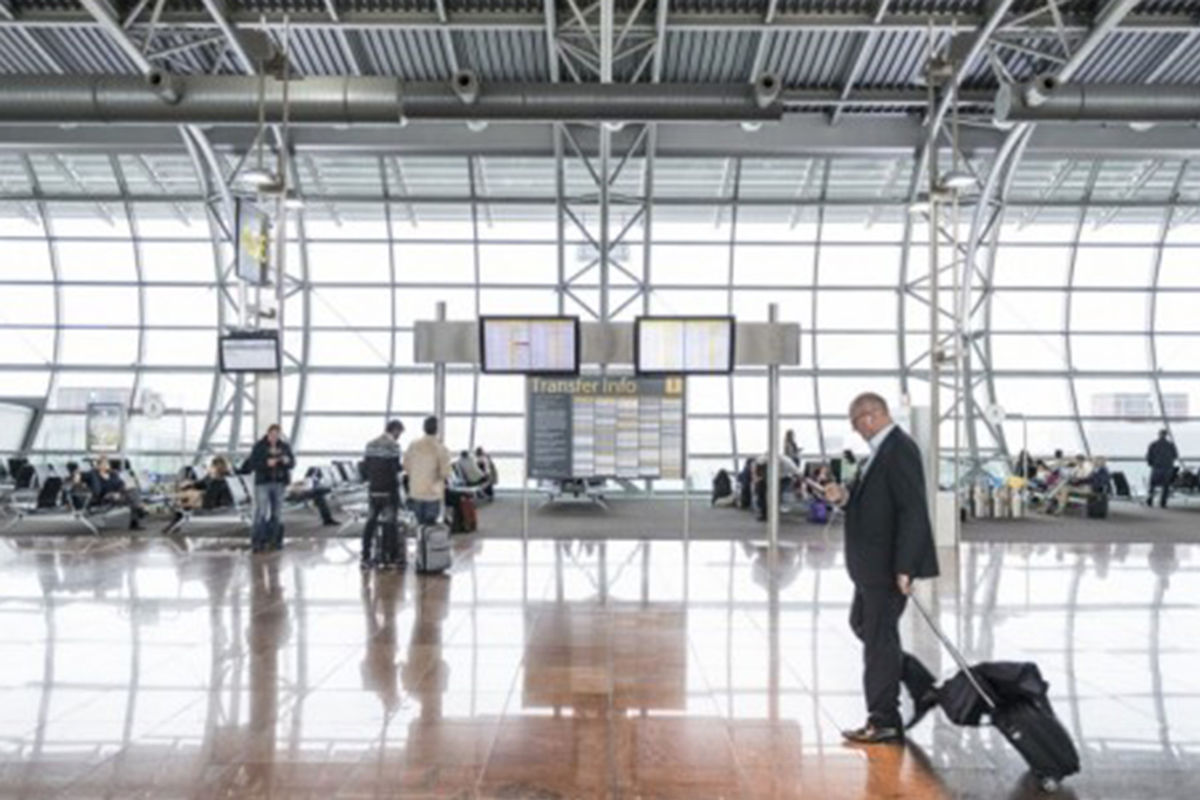European air traffic reaches new highs but increasingly fragmented

Passenger traffic across the European airport network increased nine per cent year-on-year in the first six months of 2024, and exceeded H1 2019 by 0.4 per cent, according to airports association ACI Europe.
In a report released on Wednesday (31 July), ACI Europe noted the increase in passenger volumes was largely driven by international traffic, which increased 10.3 per cent compared to the same period last year, expanding at more than twice the rate of domestic traffic, which saw a 4.2 per cent year-on-year increase.
ACI Europe director general Olivier Jankovec said the H1 traffic figures confirm the aviation industry “has now turned the corner on the pandemic”, but echoed previous concerns of wide performance gaps across European airports.
“Beyond these headline figures, the European airport market has become extremely fragmented in terms of traffic performance – with only 53 per cent of airports having actually fully recovered their pre-pandemic passenger volumes in June,” he said.
According to ACI Europe, this reflects structural changes in both demand and supply, with leisure traffic and ultra-low-cost carriers driving growth, and highlights the impact of geopolitics on specific markets.
Airports in the EU, Norway, Iceland, Switzerland and the UK saw passenger traffic increase by 9.5 per cent in H1 compared to the same period last year – on par with their pre-pandemic levels.
Europe’s five busiest airports welcomed a total of 174.6 million passengers in H1, marking an eight per cent increase over the same period last year and two per cent above pre-pandemic levels.
London Heathrow remained the busiest European airport with 39.8 million passengers (7.4 per cent higher than H1 2023 and 2.8 per cent more than H1 2019), followed by Istanbul, which handled 38.1 million passengers (6.9 per cent more than 2023 and 18 per cent higher than 2019).
The Turkish hub was followed by Paris CDG at 33.2 million passengers (4.4 per cent more than 2023, but 8.7 per cent less than 2019), Amsterdam Schiphol with 31.8 million passengers (11 per cent more than 2023, but 7.9 less than 2019) and Madrid with 31.7 million passengers (11.3 per cent higher than 2023 and 8.3 per cent more than 2019).
In June, the best passenger traffic performances when compared to pre-pandemic levels (June 2019) came from airports relying predominantly on leisure and VFR-driven demand: Poland (+24.5 per cent), Greece (+23.9 per cent), Malta (+19.1 per cent), Luxembourg (+16.9 per cent), Portugal (+14.2 per cent) and Croatia (+13.6 per cent). Conversely, airports in Finland (-26.4 per cent), Slovenia (-21.5 per cent), Bulgaria (-20.5 per cent) and Sweden (-19.4 per cent) remained the farthest from a full recovery, according to ACI Europe.
Among Europe’s larger markets, airports in Italy (+13.1 per cent) and Spain (+8 per cent) posted the best results, followed by those in the UK (-1.1 per cent), France (-4 per cent) and Germany (-17 per cent).
Looking at Q3 and beyond, Jankovec added: “We are in for our best summer ever in terms of passenger traffic, even though the unprecedented global IT outage earlier this month combined with recurrent Air Traffic Management capacity shortages and aircraft delivery delays are all taking a toll on airport traffic. What comes next will largely depend on whether demand remains resilient and sustained when the autumn comes.
“For now, what certainly keeps us awake at night is whether Schengen states will effectively be ready for the start of the bloc’s Entry Exit System planned for November. If not, we might be in for major disruptions.”
Related
Brits forced to pay fee to visit these 30 countries…
UK tourists will be required to pay a fee to visit 30 countries in Europe under new European Union (EU) travel rules.The rules mean British holidaymakers will n
The beautiful European island with just 148 locals
Irakleia is a beautiful island in the Minor Cyclades of Greece, nestled in the heart of the Aegean Sea and just an hour away from Naxos. Officially recorded t
Warning issued for Brits flying easyJet and Ryanair to popular…
Passengers flying with Ryanair, easyJet and British Airways should expect disruption (Picture: Urbanandsport/NurPhoto via Getty Images) Passenge










